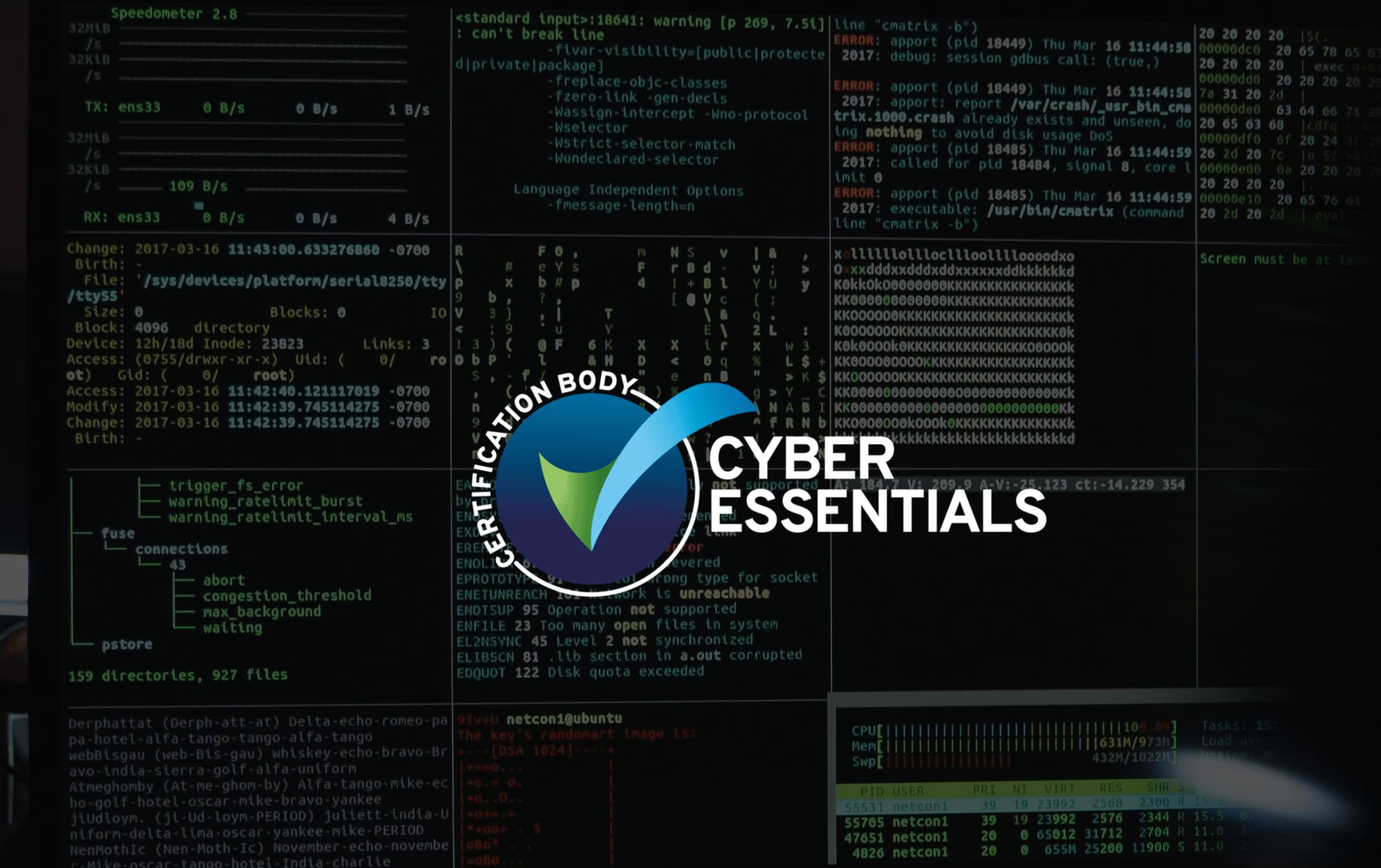Cyber resilience is what ensures an organisation can remain operating seamlessly and effectively in the face of the growing number of cyber threats. There are four key stages to creating cyber resiliency in your organisation.
Prepare
A preventative approach to security is vital. Firewalls, encryption software and protocols are all essentials tools to defend an organisation, but preventative methods alone aren’t enough. Incidents will still happen.
The way a firm reacts to a cyberattack is what makes the most difference. To ensure your organisation can react quickly to an attack, draw up detailed incident response plans and identify the key systems required for your business to remain operational in the event of an attack. This should ensure your cyber resilience.
Absorb
Developing a strong company security culture is essential to becoming cyber resilient. Detecting threats early limits damage. While technology can help identify attacks, educated staff can also spot threats and raise an alert.
To reduce the risk of an incident resulting in the critical failure of your systems, diversify the technology you use and create a layered defence. Isolating parts of your system can ensure you’re able to keep control of key functions, which will help your company survive an incident.
Recover
Incident response planning can’t be perfect, because no two events are ever identical. However, communication is key during any cyber resilience incident. This extends to not just staff members but customers too. Lack of clear communication can cause panic and can escalate what is already a difficult and stressful situation.
It’s understood that not everyone will think clearly in a crisis. All decisions made should be informed by everyone in the team and should represent the best course of action. If the correct approach is not being made, everyone must feel confident to question decisions.
Adapt
Finally, to ensure they are truly resilient, enterprise systems often need to be adapted in step with a rapidly evolving environment. This marks the difference between a system being robust or resilient.
The next phase in the evolution of resilient system designs is to build systems that autonomously adapt and respond to changes in the environment. Concepts like altering the system’s layout to respond to a detected attack or autonomous security patching and vulnerability detection are all examples of adaptive systems.
For companies to avoid complacency, their cyber resiliency systems need to be updated continuously, even when no incident has occurred.
To find out more about how our cyber security consultants can assist with cyber resilience:
View More



